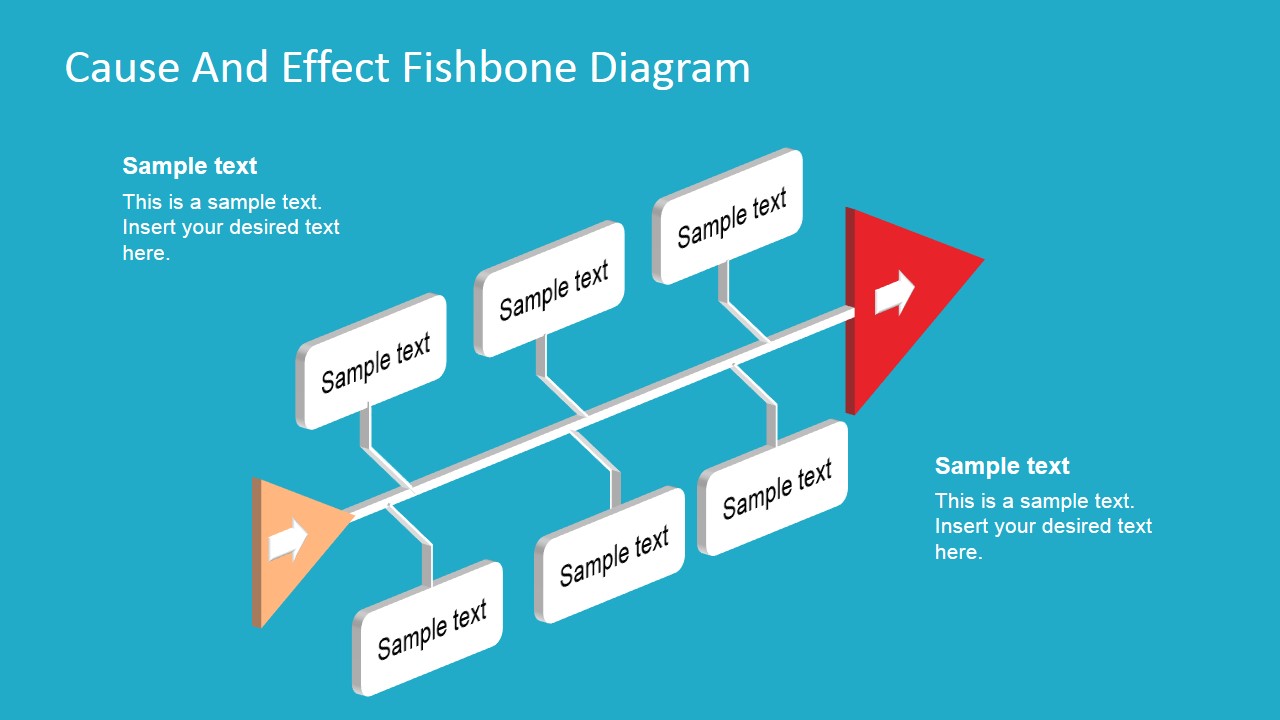
Cross-Functional Flowcharts Show High-Level Processes and FunctionsĬross-functional flowcharts are particularly powerful in business use cases because they add an extra dimension of showing relationships between different functional units. Make sure you also take the time to familiarize yourself with flowchart symbols so that you present information in the best way with your chart. So every process you document should have a very distinct beginning and end. Why: To populate the internet with great content!Įach flowchart will have a clear start and end point.How: Via multiple rounds of feedback and editing.What: Writing and publication of articles.Though it might not be immediately obvious, like every good flowchart, this chart explains the Who, What, Where, and How and helps analyze the Why.

When trying to clarify or document relationships between people, processes or sets of data, a flow chart will help show that visually.Ī great business use case is how content marketing agency Animalz shows their internal article pipeline process.Įach article goes through a process starting with the creation of the idea, to the actual writing and revision, before it’s sent to the customer for approval and publication. Flowcharts Map out Processesįlowcharts are all about breaking down relationships into their component parts.


To help make sure you choose the right type of diagram for your needs, we’ll take you through a comprehensive rundown of different possible business diagrams and what each one is best suited for. Over time, many different types of diagrams developed, each with a specific and effective use case. Throughout history, diagrams have helped consolidate and effectively present information. When that time comes, you should turn to diagrams in your Confluence or Jira instance. Whether your business has 5,000 or 5 employees, there will come a time when you’ll need to discuss a plan or present information.


 0 kommentar(er)
0 kommentar(er)
